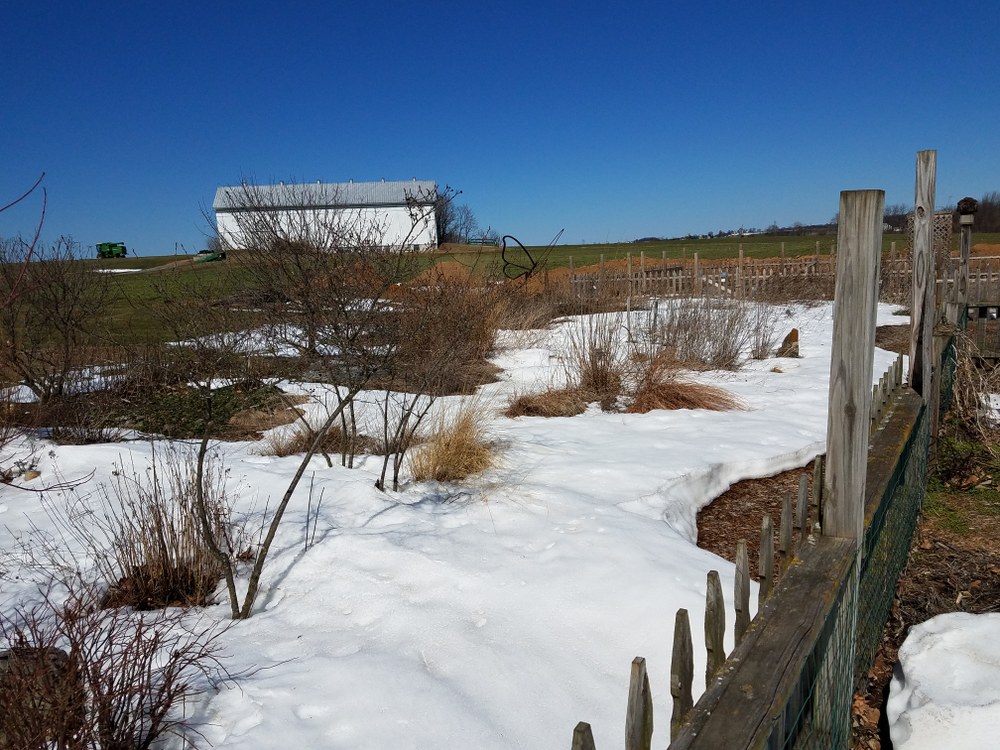Posted: January 30, 2021
Though the annual weather may influence timing of these tasks, here are things to check off the list in late winter.

Photo credit: Pam Hall
Planning:
As we move into February, continue with the Native Garden Winter Garden projects suggested for January, especially planning for this year's garden. Whether you are now gardening with native plants or have an existing native plant garden we recommend that you learn more about Native Plants and why you should include them in your garden. Refer to Why Use Native Plants and the webinar Native Plants of Pennsylvania.
Frost Heave:
At this time of year inspect your plants and look for any plants that have popped out of the ground. And you able to push them back into the ground (or add soil to cover them if ground is frozen) and then cover with mulch. This is from alternating of freezing and thawing temperatures where plants freeze then thaw damaging the roots and pushing plants out of the ground.
Soil Test:
Although you can test your soil at any time of the year, doing it when you are planning your gardens provides important information in deciding what and where you can plant perennials, shrubs, and trees. Proper soil fertility is the foundation for plant health. All have specific nutritional requirements and pH (acidity or alkalinity) of soil. For an investment of $9.00, Penn State will test your soil. Refer to Don't Guess…Soil Test and Understanding Soil Fertility. For instructions go to Penn State Soil Testing.
Ice and Snow Removal--Let Mother Nature Do It:
Resist the urge to "rescue" your plants from the weight of heavy snow or ice. Greater damage is done by trying to remove snow and Ice then letting nature take its course. Branches become extremely brittle under the weight of snow and ice, making it dangerous to be near them. The best we can do is pray for sunshine to melt the ice.
Listen to the Songbirds:
If you are thinking what do songbird have to do with Native Garden winter tips? A lot! Birds are our friends in the garden. We enjoy their presence, but they play a key role in controlling insect populations. Food and water become scarce once plants go dormant and water freezes. We should encourage them to stick around all year by putting up bird feeders, keeping it filled all winter long, and install a heated birdbath.
When planning includes native plants, shrubs, and trees. provide food for our birds; non-native seeds and berries provide little nutritional value for the birds. Check the list of plants whose seeds are favorites of our birds. Choose shrubs that provide high nutrient value in their berries during winter. Best choices are northern bayberry and winterberry holly, which are winter favorites. For more information, refer to Winter Bird Feeding: The Basics and Gardening for Birds.

